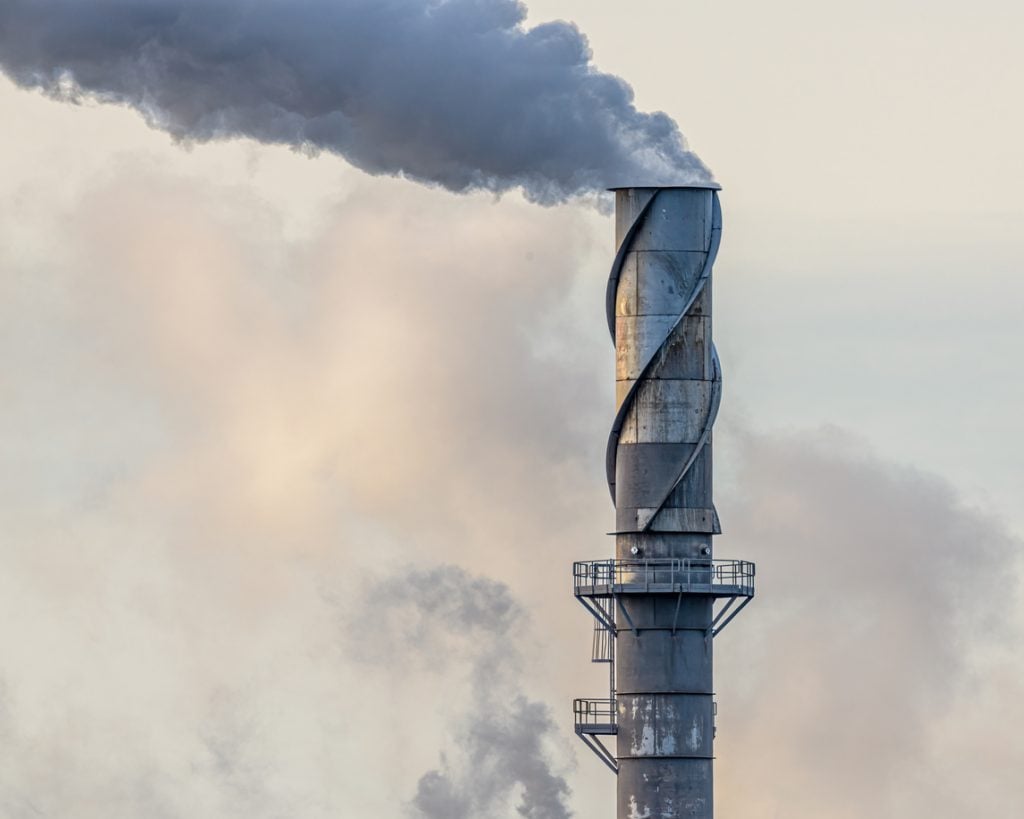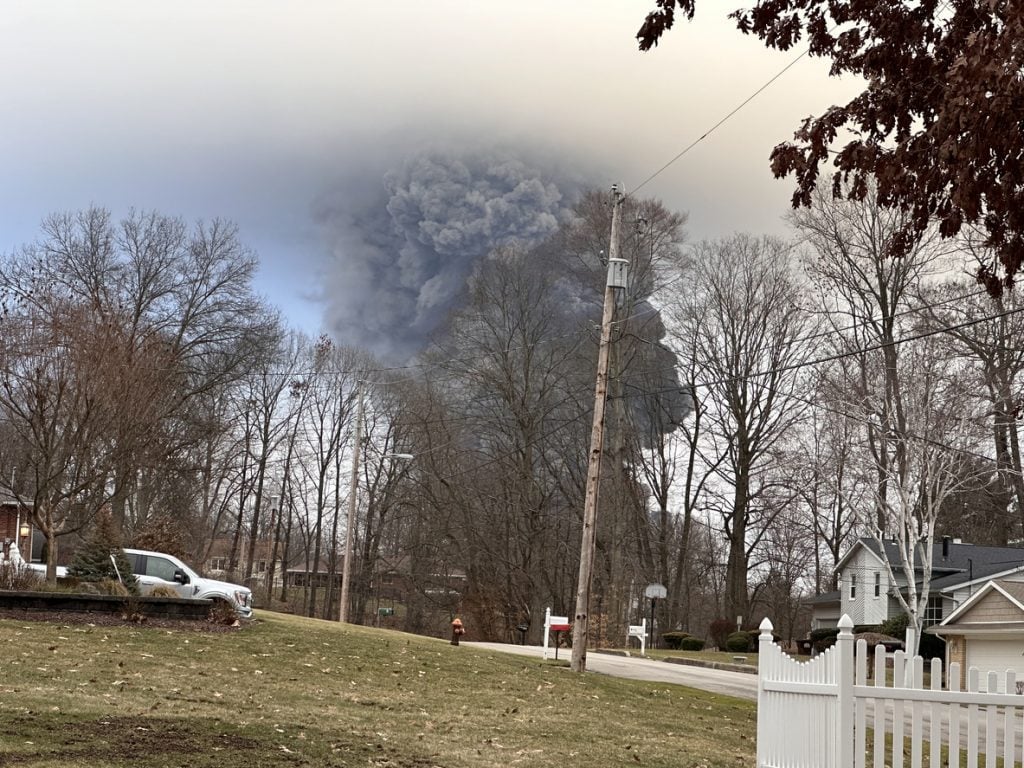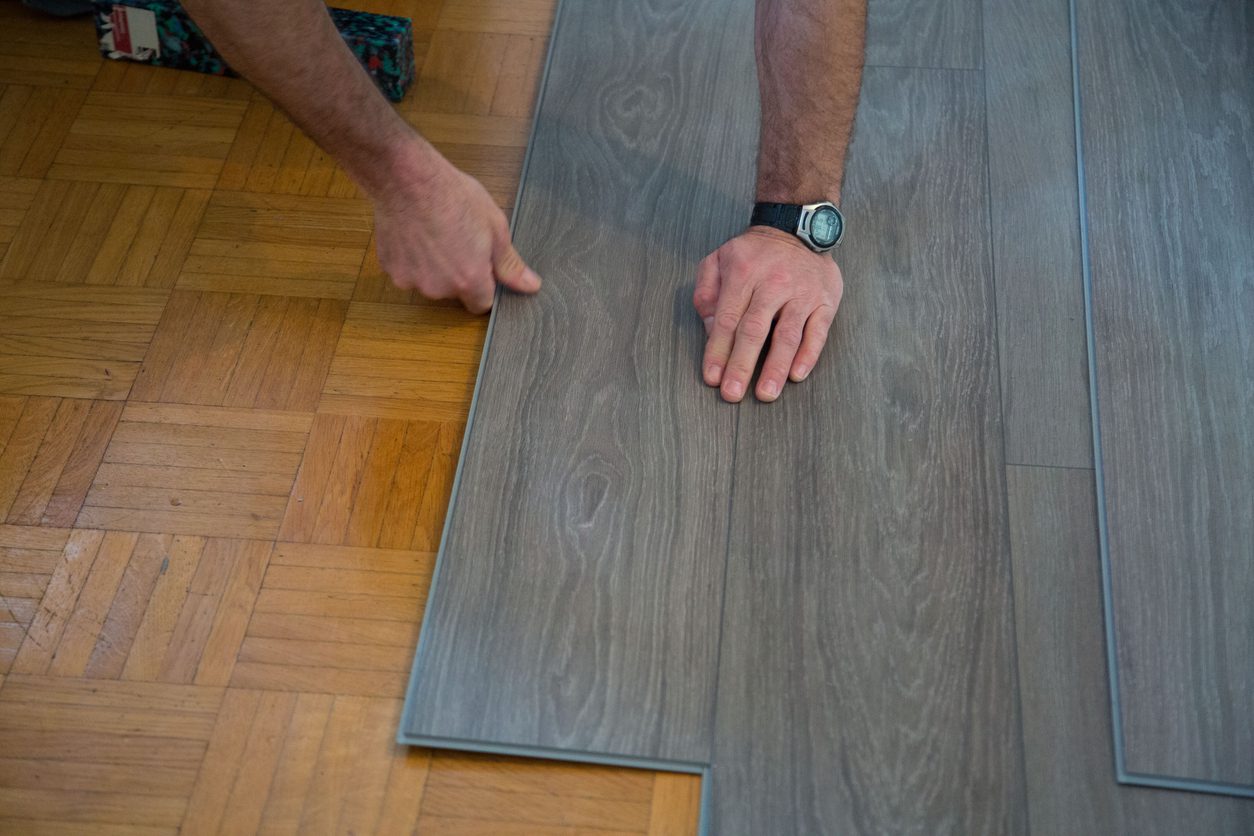Luxury vinyl plank (LVP) flooring has surged in popularity in recent years, marketed as a durable, affordable, and stylish alternative to traditional hardwood or tile. Homeowners love its water resistance, easy installation, and ability to mimic natural materials.
But beneath the polished surface lies a darker reality—one tied to environmental harm, worker safety risks, and long-term health concerns. Let’s peel back the layers and examine the truth about LVP flooring.
The Toxic Toll of Vinyl Production
Vinyl, the core material in LVP, is derived from polyvinyl chloride (PVC), a plastic made from petroleum and chlorine. The production process is anything but clean. It starts with the creation of vinyl chloride, a flammable and highly toxic substance classified as a human carcinogen.
Factories churn out massive amounts of this chemical, releasing volatile organic compounds (VOCs) and dioxins—persistent pollutants that linger in the environment and accumulate in the food and water supply. These emissions don’t just harm the planet; they pose serious risks to factory workers, who may face prolonged exposure to hazardous fumes, leading to respiratory issues, liver damage, and increased cancer risks.

The off-gassing doesn’t stop at the factory gates. Vinyl production plants may release pollutants like ethylene dichloride and hydrochloric acid into the air and water, contributing to smog, acid rain, and contaminated ecosystems. For communities near these facilities, the consequences can be devastating—think polluted drinking water and higher rates of illness.
The Fire Hazard: A Chemical Nightmare
What happens if your home catches fire with LVP flooring? Vinyl doesn’t just burn—it transforms into a chemical disaster. When PVC combusts, it releases hydrogen chloride gas, which can turn into hydrochloric acid in the lungs, causing severe respiratory damage or death.
It also produces dioxins, some of the most toxic substances known, which can linger in the environment long after the flames are out. For firefighters and residents, this makes vinyl-fueled fires far more dangerous than those involving natural materials like wood.
Where It’s Made: Labor and Environmental Oversight Take a Backseat
Most luxury vinyl plank flooring is manufactured in China, which dominates the global market due to low labor costs and lax environmental regulations. As demand for LVP skyrockets, so does the pressure on these factories to churn out more product, often at the expense of worker safety and ecological responsibility.
Reports of poor working conditions—long hours, inadequate protective gear, and exposure to toxic chemicals—are not uncommon in regions where oversight is minimal. Meanwhile, the environmental footprint grows unchecked, with wastewater and emissions spilling into already strained ecosystems.
The push for cheap, fast production has only intensified as LVP becomes a go-to for home renovations. But this race to meet demand sacrifices long-term sustainability for short-term profits, leaving both workers and the planet to bear the cost.
Environmental Disasters and Vinyl’s Role
Recent events like the East Palestine, Ohio train derailment in February 2023 highlight the risks tied to vinyl’s supply chain. That derailment involved a train carrying vinyl chloride, the building block of PVC, which spilled and ignited, releasing toxic smoke and chemicals into the air and soil.

The fallout forced evacuations, contaminated waterways, and left a community grappling with health fears. Vinyl chloride is a key ingredient in LVP production, and such incidents underscore the volatility of the materials used to create this flooring. While not every derailment involves vinyl chloride, the incident serves as a stark reminder of the potential hazards lurking in the manufacturing pipeline.
The Homeowner’s Dilemma: Quick Fix vs. Long-Term Risks
For many, LVP is a dream solution—snap it into place over old flooring, and you’ve got a fresh look without the hassle of tearing out what’s underneath. It’s waterproof, budget-friendly, and comes in endless designs. But the convenience comes with a catch.
Beyond the production and fire risks, installed LVP can potentially off-gas VOCs into your home for months or even years, potentially affecting indoor air quality. While levels vary by brand and quality, sensitive individuals—children, the elderly, or those with respiratory issues—may feel the impact most.
In areas prone to water, like kitchens or bathrooms, LVP seems ideal. But alternatives like real wood (with proper sealing) or ceramic tile offer durability and safety without the chemical baggage. These natural materials don’t release toxins when burned, and their production has a lighter environmental footprint. Yes, they may cost more upfront or require more effort to install, but they’re investments in longevity and peace of mind.
The Bigger Picture
Luxury vinyl plank flooring might solve an immediate problem, but it’s not a guilt-free fix. From the toxic brew of its creation to the risks it poses in your home, LVP carries hidden costs that extend far beyond its price tag. As demand grows, so do the pressures on labor and the environment, amplified by incidents like East Palestine that reveal the fragility of this industry’s supply chain. Before you roll out those planks, consider the trade-offs. Opting for real wood or tile might mean more work now, but it’s a choice that prioritizes your health, your home’s safety, and the planet’s future. Sometimes, the quickest fix isn’t the best one.
